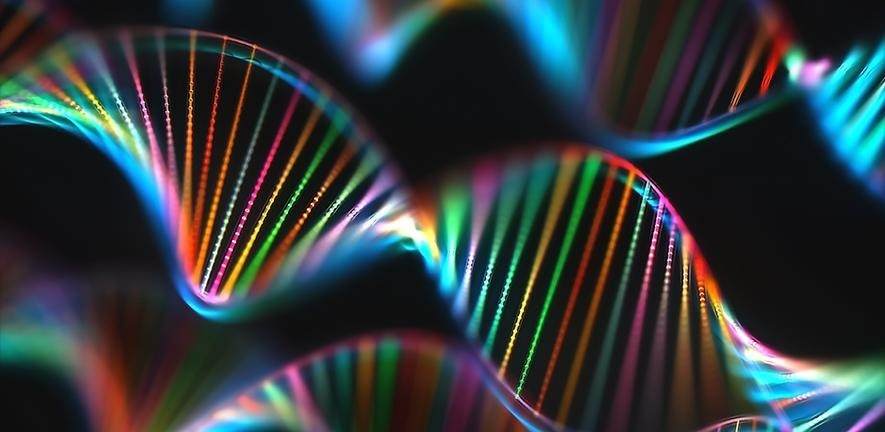Researchers from the University of Cambridge have described a new DNA sequencing technique that can find out where and how small molecule drugs interact with the targeted genome in a study that was published in the journal Nature Biotechnology.
 Illustration of DNA molecules. Image Credit: KTSDESIGN/SCIENCE PHOTO LIBRARY via Getty Images
Illustration of DNA molecules. Image Credit: KTSDESIGN/SCIENCE PHOTO LIBRARY via Getty Images
Understanding how drugs work in the body is essential to creating better, more effective therapies. But when a therapeutic drug enters a cancer cell with a genome that has three billion bases, it is like entering a black box.”
Dr Zutao Yu, Study Co-First Author and Research Associate, Yusuf Hamied Department of Chemistry, University of Cambridge
By allowing researchers to identify the locations where small molecule drugs interact with their intended targets on the DNA genome, the highly effective technique known as Chem-map lifts the veil off this genomic black box.
Genome-targeting drugs like doxorubicin are used to treat millions of cancer patients each year. However, despite years of clinical application and study, the molecular mechanism involving the genome is still not fully understood.
Lots of life-saving drugs directly interact with DNA to treat diseases such as cancer. Our new method can precisely map where drugs bind to the genome, which will help us to develop better drugs in the future.”
Dr Jochen Spiegel, Study Co-First Author, University of Cambridge
By utilizing a technique known as small-molecule-directed transposase Tn5 tagmentation, Chem-map enables researchers to map small molecule-genome interactions in situ with an unmatched level of accuracy. When a small molecule binds to genomic DNA or proteins associated with DNA, this method finds the binding site in the genome.
The widely used anticancer drug doxorubicin’s direct binding sites in human leukemia cells were identified by the study’s researchers using Chem-map. The method also demonstrated the potential clinical benefit of using doxorubicin in combination with the HDAC inhibitor tucidinostat on cells that have already been exposed to it.
On DNA G-quadruplexes (G4s), the method was also used to map the binding sites of specific molecules. G4s are four-stranded secondary structures that have been connected to gene regulation and may one day serve as the focus of anti-cancer treatments.
Dr Yu added, “I am so proud that we have been able to solve this longstanding problem—we have established a highly efficient approach which will open many paths for new research.”
Professor Sir Shankar Balasubramanian, who led the study, stated, “Chem-map is a powerful new method to detect the site in the genome where a small molecule binds to DNA or DNA-associated proteins. It provides enormous insights on how some drug therapies interact with the human genome, and makes it easier to develop more effective and safer drug therapies.”
Source:
Journal reference:
Yu, Z., et al. (2023). Chem-map profiles drug binding to chromatin in cells. Nature Biotechnology. doi.org/10.1038/s41587-022-01636-0